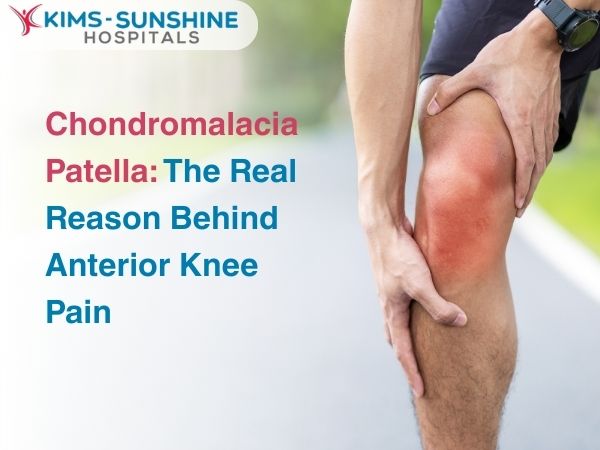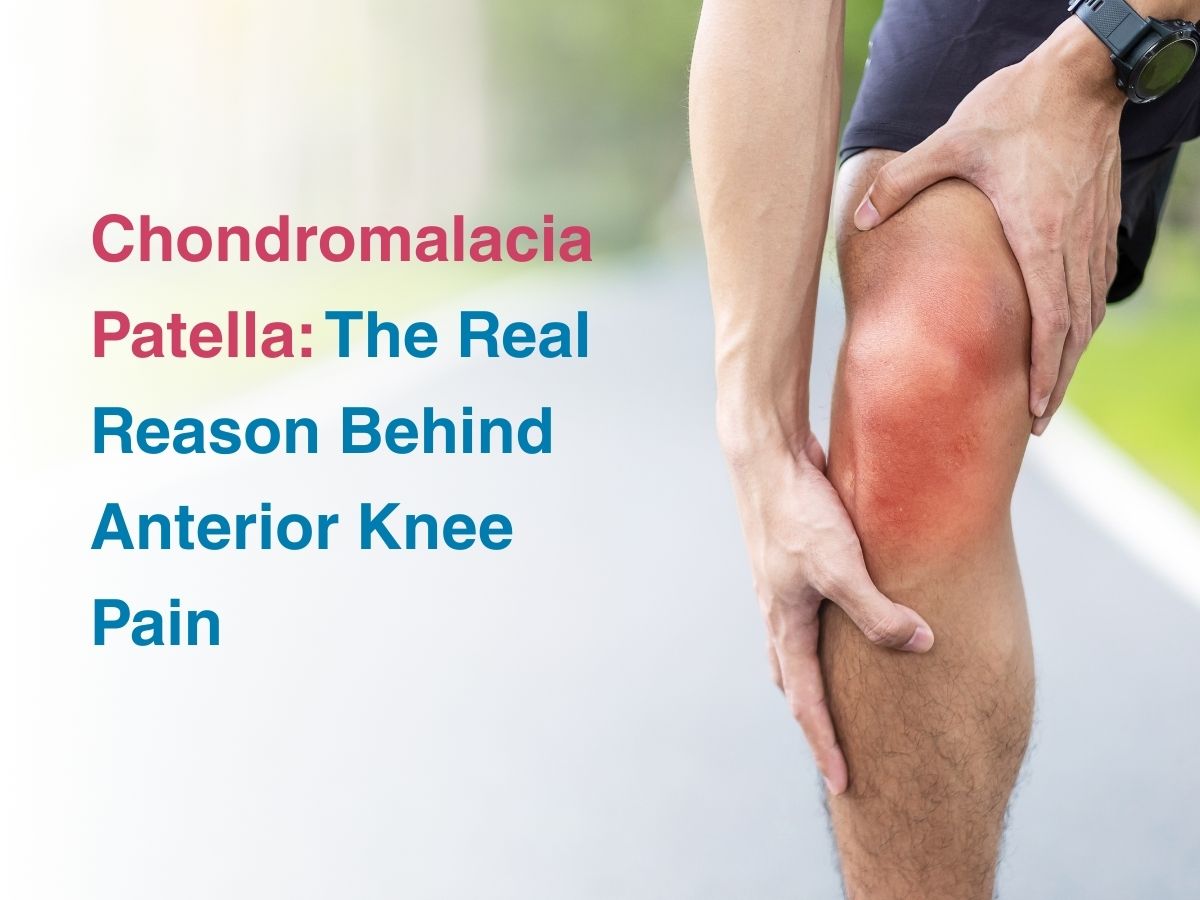
Chondromalacia Patella: The Real Reason Behind Anterior Knee Pain

The joints in your body contain different kinds of connective tissue- like cartilage, which helps in easy movement which is seamless and smooth. The knee joint is a super crucial joint that helps in stable movement and carries your whole body weight, without any issues, year after year. Overuse or excessive wear and tear of your joints can cause severe pain and other symptoms, which can affect your quality of life, making movement hard. Advancing age is also a major cause for joint related issues. Chondromalacia patella is however not that easily observed in older individuals, but is rather common in young athletes. This is also why it is called ‘runner’s knee’ and is a sports injury that affects many individuals, but gets better with rest.
What Is Chondromalacia Patella?
Chondromalacia patella is a condition where the kneecap or patella, which is supposed to smoothly glide over the thigh bone at the knee and is attached to various tendons and ligament, is no longer able to do so and instead, rubs against the femur or thigh bone. This can cause the patella to get worn down and manifest as severe pain, with a grinding sensation. Resting can normally help you get better but for some people, this alone may not work and more treatment may be needed.
Causes Of Anterior Knee Pain
As mentioned above, when the knee cap rubs against the thigh bone at the knee, or the tendons and ligaments don’t move normally, you may have to deal with pain and related symptoms. While this is normally a wear and tear issue, some people may suffer from this condition due to other causes like poor alignment of the joint itself, a congenital defect, weak muscles or imbalanced ones, or even a traumatic injury, respectively. People who are overweight, have flat feet or have had any dislocation before are also at high risk of developing this condition.
Symptoms Of Chondromalacia Patella
The main symptom that people notice is the presence of severe knee pain that gets worse when you sit, stand or exercise for long periods of time. Since the knee cap rubs against the thigh bone, there may be a grinding sensation too.
Treatment Options For Chondromalacia Patella
Chondromalacia patella can be categorised into 4 types, based on severity or level of damage of the cartilage present- with Grade 1 being the least and Grade 4 denoting severe damage. This condition begins with the softening of the cartilage, followed by tissue erosion, thinning and bone exposure- leading to the well known grinding sensation. Physical therapy is very helpful in strengthening the muscles in the area. Isometric exercises are also good. Medication can be taken to treat symptoms like inflammation and pain.
Knee strengthening and pain management are an important strategy used to deal with this condition. But, if non-conventional methods don’t work at all and daily quality of life begins to suffer too much, the doctor may recommend surgery. Arthroscopic surgery can be done- using a laparoscopic or minimally invasive approach. One of the more popular methods include the cutting of inflamed or extra tense ligaments, to allow for free movement.
Conclusion
Preventing cartilage damage in the knee is one sure fire approach to reducing the possibility of suffering from chondromalacia patella. The use of knee pads, braces, proper shoe inserts that support the arch of your feet and ensuring that you work on strengthening the muscles can greatly help relieve symptoms. Losing excess weight and eating a balanced diet can also help in the long run. Talk to your doctor about your expectations, so that a personalised treatment plan can be drawn up.






